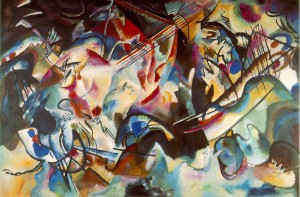Oswald Spengler wrote The Decline of the West following World War One, after his nation lost and was made weak. Spengler was a German philosopher and historian as well as an avid advocate for German hegemony. In his post-war writings he postulated that the European hold in world politics would inevitably come to an end. ((Oswald Spengler, The Decline of the West, 1922)) To prove his point he showed a trend in history where empires would reign for decades, even centuries, but would eventually collapse in on themselves. ((Oswald Spengler, The Decline of the West, 1922)) He was correct in that European hegemony was coming to an end to make way for the hegemonic rule of the United States; however, it’s arguable whether or not it was his sense of nationalism that drove him to this conclusion or his unbiased observations of history.
Germany was at the center of the losing side of World War One. The loss was decimating to the nation, as seen in the Treaty of Versailles, the document that ended the war in 1919. Every single article in the treaty weakens Germany, making them pay reparations, give up land, demobilize, and essentially fall under the power of the Allied Forces. ((The Treaty of Versailles, 1919)) As nationalist country that had just risen to extreme power to lose so greatly and be forced to submission of their neighbors was humiliating. Spengler was most likely engaging the German people in a form of therapeutic writing, reassuring them that the loss didn’t matter because Europe was on the decline anyways.
If Germany had won the war and had become the main power in Europe, would Spengler still have written that the hegemonic status of Europe as a whole was in decline? Or would he have reassured the German people that their status was as a prominent world leader, rather than the strongest nation of many in decline?




